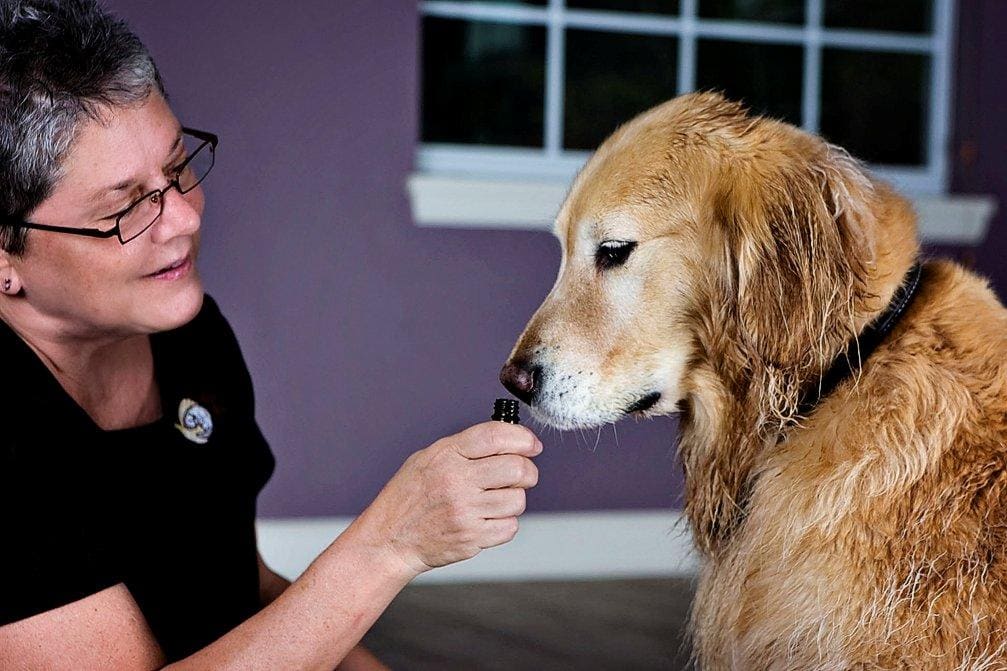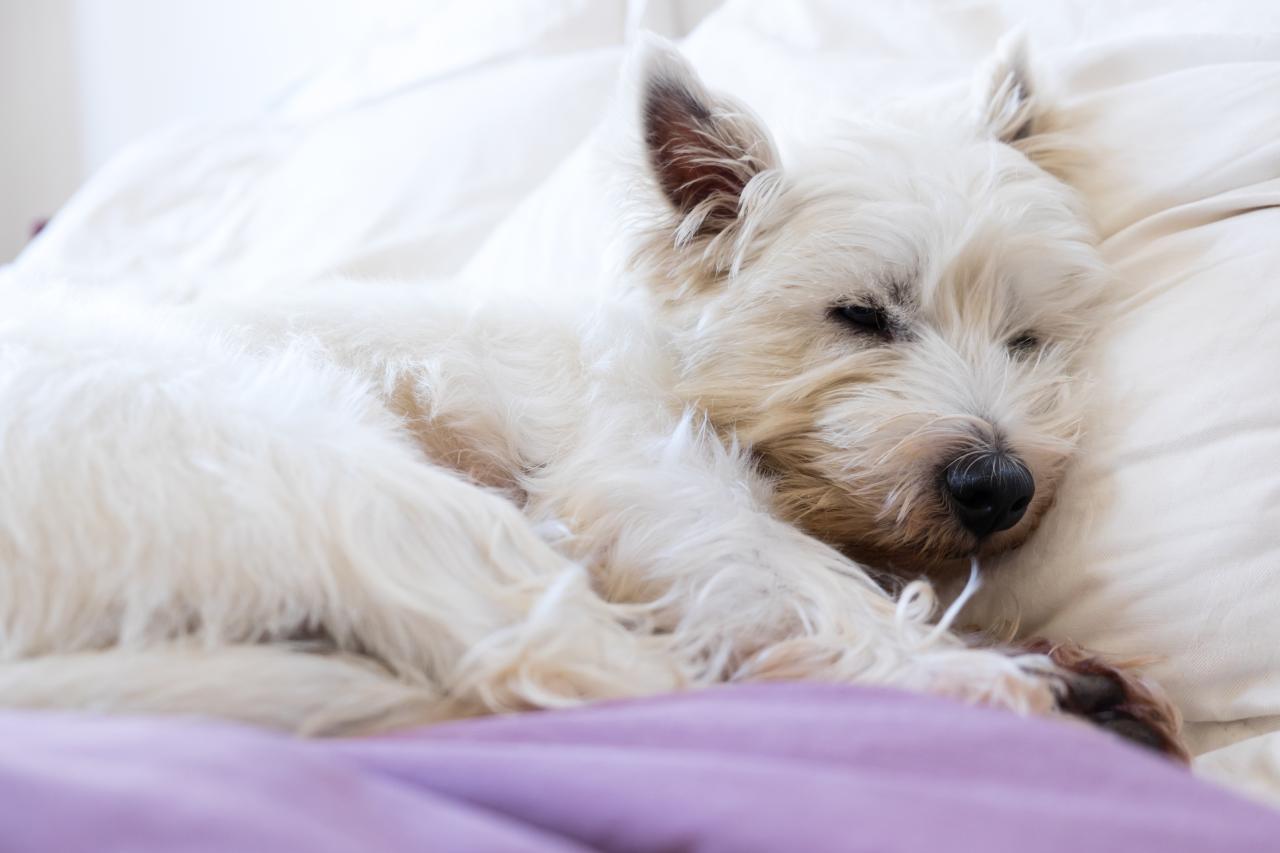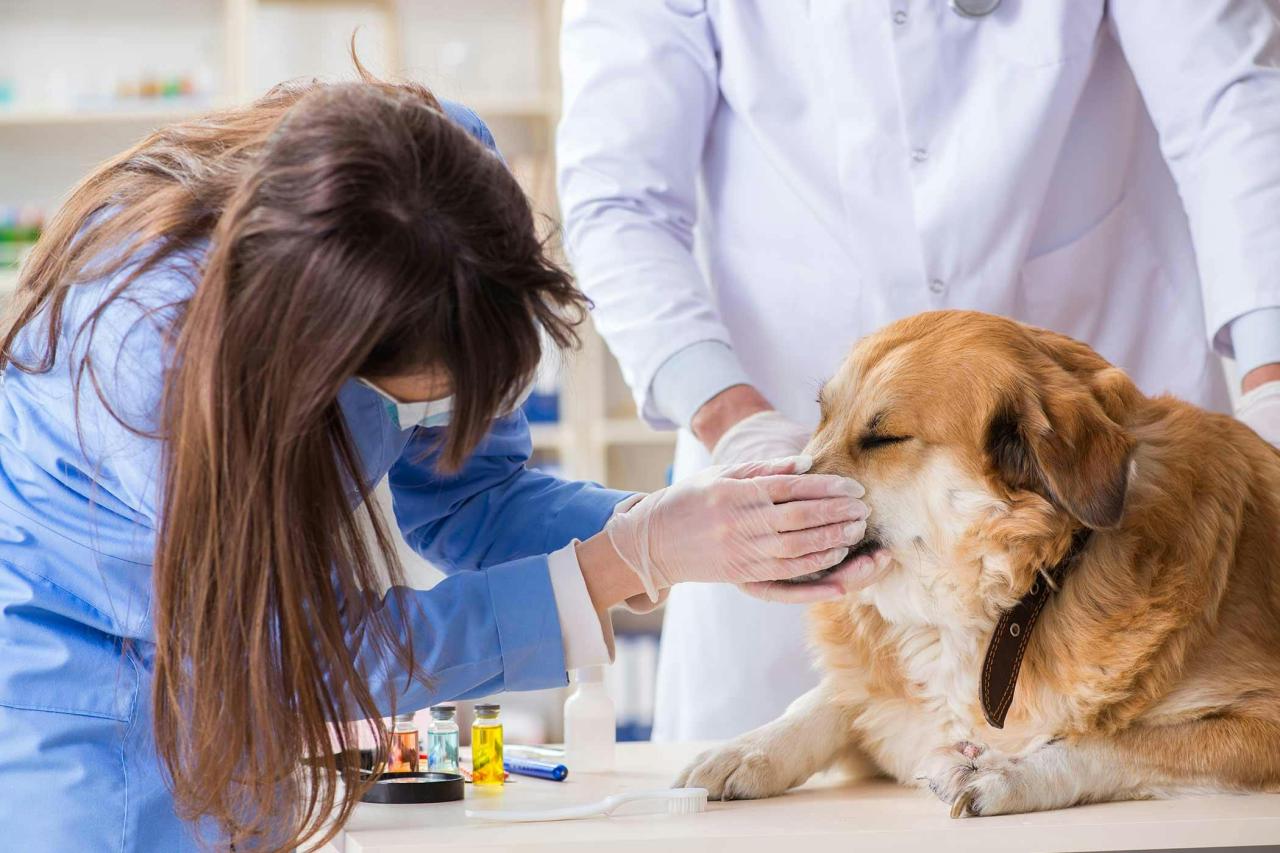In the realm of canine well-being, aromatherapy has emerged as a gentle and effective practice, offering a natural path to alleviating stress, soothing skin irritations, and promoting overall health in our beloved companions.
With its ability to harness the therapeutic powers of essential oils, aromatherapy for dogs has gained widespread recognition as a complementary therapy that complements traditional veterinary care.
Introduction to Aromatherapy for Dogs

Aromatherapy is the practice of using essential oils to promote physical and emotional well-being. It has been used for centuries in human medicine and is now gaining popularity as a natural therapy for dogs.
Essential oils are concentrated plant oils that contain the volatile compounds responsible for the plant’s scent. When inhaled or applied to the skin, these compounds can interact with the dog’s body and produce a variety of effects, including relaxation, stress relief, and pain relief.
Types of Essential Oils for Dogs
There are many different types of essential oils that can be used in aromatherapy for dogs. Some of the most common and beneficial oils include:
- Lavender: Promotes relaxation and sleep
- Chamomile: Calms and soothes
- Bergamot: Uplifts and reduces stress
- Frankincense: Reduces inflammation and pain
- Myrrh: Supports the immune system
Safety Precautions for Using Essential Oils with Dogs
Essential oils are generally safe for dogs, but there are some important safety precautions to keep in mind:
- Never use essential oils undiluted on your dog.
- Always dilute essential oils in a carrier oil, such as coconut oil or jojoba oil.
- Do not use essential oils on puppies under 12 weeks old.
- Do not use essential oils on dogs with skin conditions or respiratory problems.
- If you are unsure about using essential oils with your dog, consult with your veterinarian.
Common Uses of Aromatherapy for Dogs
Aromatherapy has gained popularity as a complementary therapy for dogs, offering potential benefits for various health concerns. By harnessing the therapeutic properties of essential oils, aromatherapy can address issues ranging from anxiety to physical discomfort.
Anxiety and Stress
Essential oils like lavender, chamomile, and valerian root have calming effects that can help reduce anxiety and stress in dogs. Diffusing these oils or applying them topically can create a relaxing environment and promote emotional well-being.
Skin and Coat Problems
Tea tree oil, lavender oil, and rosemary oil possess antibacterial and antifungal properties that can alleviate skin irritations, soothe hot spots, and improve coat health. These oils can be diluted and applied to affected areas or added to shampoos and conditioners.
Pain and Inflammation
Essential oils like peppermint, eucalyptus, and ginger have analgesic and anti-inflammatory properties that can provide relief from muscle pain, joint stiffness, and other inflammatory conditions. Massaging these oils into affected areas or using them in a warm compress can promote circulation and reduce discomfort.
Digestive Issues
Aromatherapy can also aid in addressing digestive issues in dogs. Essential oils like ginger, fennel, and peppermint can stimulate digestion, reduce gas and bloating, and alleviate nausea. These oils can be diffused or added to a carrier oil for topical application on the abdomen.
Methods of Applying Aromatherapy to Dogs
There are several methods for applying essential oils to dogs. Each method has its own advantages and disadvantages, so it is important to choose the one that is most appropriate for your dog and your needs.
Topical Application
Topical application involves applying essential oils directly to the skin. This can be done by massaging the oils into the skin, adding them to a carrier oil or lotion, or using them in a spray. Topical application is a good option for treating skin conditions, muscle pain, and other localized problems.
It is important to dilute essential oils before applying them topically to dogs. A good rule of thumb is to use 1 drop of essential oil to 10 drops of carrier oil.
Inhalation
Inhalation involves diffusing essential oils into the air so that your dog can breathe them in. This is a good option for treating respiratory problems, anxiety, and other conditions that can be affected by the sense of smell.
There are several different ways to diffuse essential oils. You can use a diffuser, a humidifier, or simply add a few drops of oil to a bowl of hot water.
Diffusers
Diffusers are devices that disperse essential oils into the air. They come in a variety of shapes and sizes, and some even have timers and other features. Diffusers are a good option for diffusing essential oils in a large area.
When using a diffuser, it is important to follow the manufacturer’s instructions carefully. Some diffusers can be harmful to pets if they are not used properly.
Shampoos and Conditioners
Shampoos and conditioners that contain essential oils can be a good way to soothe your dog’s skin and coat. However, it is important to choose products that are specifically designed for dogs, as some human products can be harmful to pets.
When using shampoos and conditioners that contain essential oils, it is important to follow the manufacturer’s instructions carefully. Some products may need to be diluted before use.
Creating Custom Aromatherapy Blends for Dogs
Customizing aromatherapy blends for your dog allows you to tailor the benefits specifically to their needs. Consider your dog’s temperament, health concerns, and desired outcomes when selecting essential oils. Blending ratios should be carefully calculated, typically ranging from 1-3 drops of essential oil per 100ml of carrier oil.
Popular Essential Oil Combinations
*
-*Calming
Lavender, chamomile, bergamot
-
-*Energizing
Lemon, grapefruit, rosemary
-*Anti-inflammatory
Frankincense, ginger, turmeric
-*Skin support
Tea tree, lavender, calendula
-*Digestive aid
Peppermint, ginger, fennel
Caution: Always dilute essential oils in a carrier oil before applying them to your dog. Never use essential oils directly on your dog’s skin.
Case Studies and Success Stories

Numerous case studies and success stories attest to the positive impact of aromatherapy on dogs’ well-being. Aromatherapy has proven effective in alleviating a range of issues, including anxiety, stress, pain, and skin conditions.
One notable success story is that of Max, a Golden Retriever who suffered from severe anxiety during thunderstorms. After trying various medications with limited success, Max’s owner introduced him to aromatherapy using a diffuser with lavender essential oil. The calming effects of lavender helped Max relax and reduce his anxiety levels during storms.
Testimonials
- “Aromatherapy has been a lifesaver for our dog, Maggie. She used to be so anxious and would bark excessively at everything. Now, we use a diffuser with chamomile essential oil, and it has made a huge difference. Maggie is much calmer and happier.”
– Sarah, Maggie’s owner
- “I was skeptical about aromatherapy at first, but I was desperate to help my dog, Buddy, with his skin allergies. After trying a blend of tea tree oil and lavender oil topically, Buddy’s skin condition improved significantly. I’m so grateful for the benefits of aromatherapy.”
– Emily, Buddy’s owner
Summary

Whether you seek to ease your dog’s anxiety, alleviate skin conditions, or simply create a calming environment, aromatherapy offers a versatile and holistic approach to canine care. By incorporating essential oils into your dog’s routine, you can unlock a world of natural remedies that enhance their well-being and deepen the bond you share.